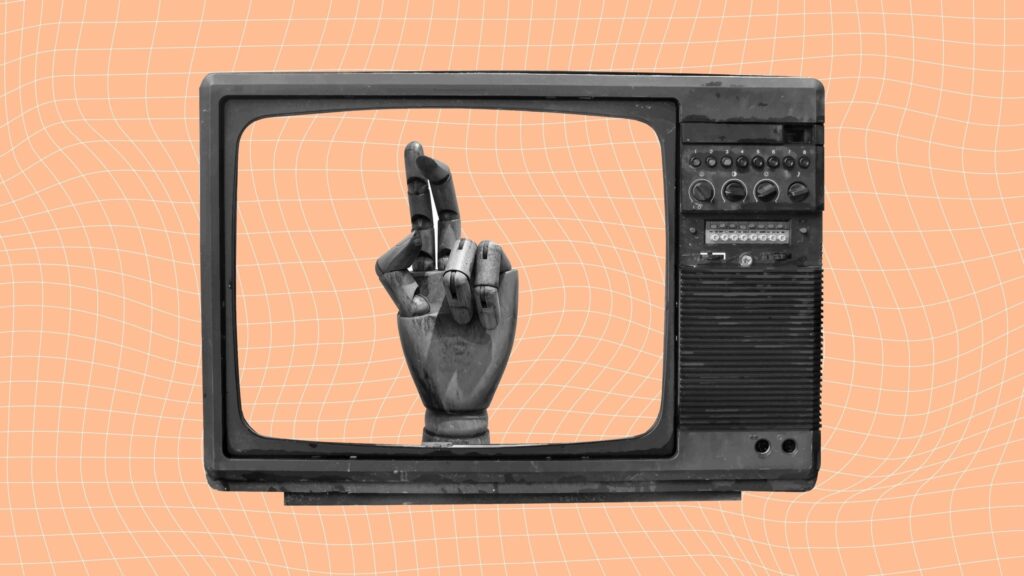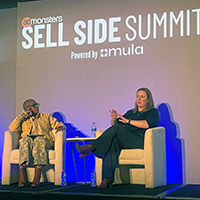Most experts agree that wireless advertising works best as part of an integrated multimedia campaign that includes any combination of print, outdoor, or broadcast advertising.
A two-month SMA-based advertising campaign in Italy, for instance, resulted in a 9% increase in sales for Dunkin’ Donuts stores in Rome.
The interactive promotion, designed to increase sales at seven retail locations, enabled consumers to respond to print, outdoor, and broadcast advertisements by entering five-digit short codes into their Web-enabled mobile phones.
In return, they received a downloadable coupon for a free cup of coffee with the purchase of one of the donut giant’s 52 variations of pastries—from the Apple Crumb Cake donut to its worldwide favorite, the Boston Kreme donut. Once in stores, consumers could enter a drawing for a free Piaggio motorbike.
“Young people between 18 and 30 are the largest users of SMS in Italy, and are also a target market for Dunkin’ Donuts,” says Michael Correletti, international business manager for Dunkin’ Donut’s worldwide franchise network. “This was an opportunity to communicate directly to our core customers.”
The eight-week campaign, created in conjunction with wireless logistics provider Mobileway, featured promotional codes for print, broadcast, and power advertisements, so response rates could be tracked by medium.
During its first three weeks, the campaign resulted in a 20% increase in overall sales, with 9% directly traceable to the SMS component of the campaign.
About 82% of all SMS senders came into a store, usually within one day. The value of the coupon was more than it costs to send an SMS, so the result was a fun and effective promotion that provided real value to all parties.
The Dunkin’ Donuts initiative points to the power of using SMS as an interactive element in a broader, multimedia campaign: Nearly 30% of respondents downloaded the coupon after hearing radio commercials, for instance.
More important, the initiative underscores the growing interest in SMS as a marketing channel to three-quarters of the 280 million European mobile phone owners who use SMS to communicate with friends, family, and business colleagues.
In fact, in some parts of Europe, SMS usage exceeds that of the wireline Internet. In one study from Forrester Research, SMS-based marketing attracted an average response rate of 11%–or seven times that of European print-based direct mail.
No wonder a survey of 205 direct marketers by the Federation of European Direct Marketing and Forrester Research revealed that 21% of respondents already use SMS marketing at least occasionally, and 12% have at last tried it. Many U.S. marketers are also looking into SMS as a marketing channel.
“Mobile is just one touchpoint in an integrated campaign,” says Barry Peters, vice president of relationship marketing and evolving media for Carat Interactive. “Large brands should not do mobile marketing just for the sake of mobile marketing. They should work with their agencies to understand the opportunities, and whether this makes sense as part of the marketing mix.”
Many are doing just that: Stealing a page from Yahoo’s playbook, brand giant Unilever created an interactive Times Square billboard for its Dove-brand beauty soap. Tied to a print and broadcast campaign of the same theme, the billboard flashed a series of women’s faces and asked, “What is beautiful?” Pedestrians could place votes on which images they found most beautiful, and tallies were displayed in real time. As part of an integrated television, print, and online campaign for Herbal Essences Highlights, Procter & Gamble created a promotion in which consumers who sent a text message to “Dare to Streak” got a chance to be invited to the “Ultimate Streaking Party” at the House of Blues at Mandalay Bay in Las Vegas.
Meanwhile, Hershey’s Chocolate Milk posted short codes on point-of-purchase displays and packaging based on an X-Games promotion. Consumers could enter the “cap code” printed on bottle caps for the chance to win a trip for ten to the popular extreme sporting event.
And MTV’s “Chose or Lose” campaign teamed up with the service, called “The Pope’s thought of the Day,” to receive homilies, prayers and guidance from the Pontiff’s teachings.
Still, everyone should take heed: SMS’s sky-high response rates won’t last forever. SMS is still the purview of early adopters, and the novelty factor will no doubt wear off.
Likewise, advertising in the wireless world will change dramatically as new high-bandwidth 3G and, someday, 4G networks deliver a richer wireless experience with TV-like audiovisuals, combined with fully interactive features.
This article is excerpted from BRANDING UNBOUND: The Future of Advertising, Sales, and the Brand Experience in the Wireless Age© 2005 by Rick Mathieson. All rights reserved. Published by AMACOM Books.



